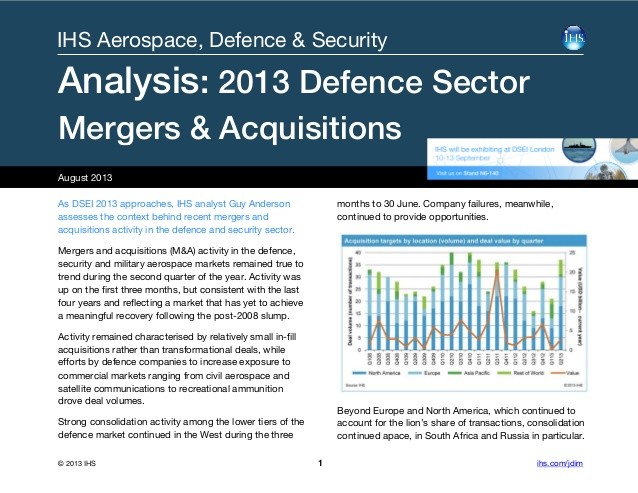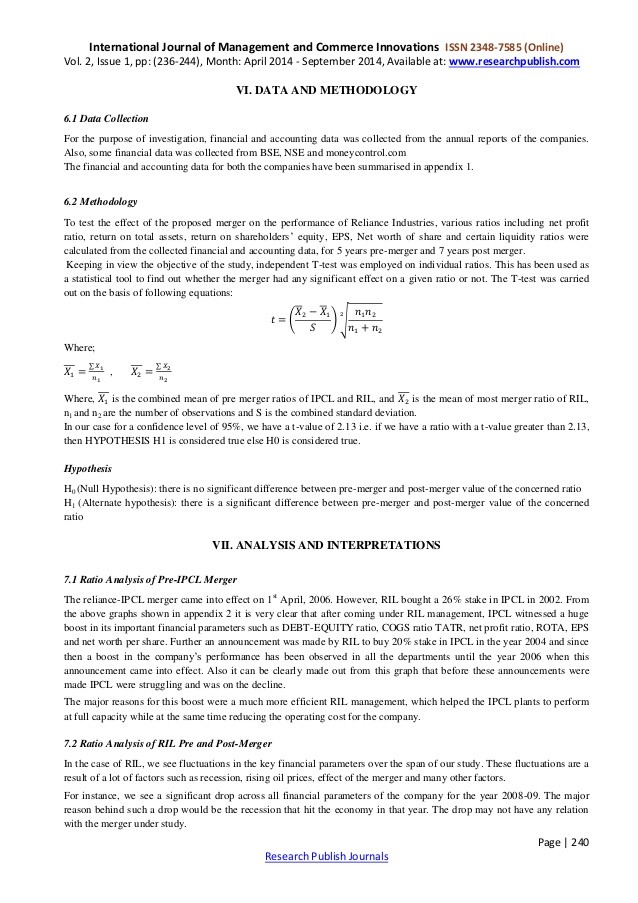Mergers And Acquisition Analysis
Post on: 16 Март, 2015 No Comment

Mergers and acquisitions are sort of like a marriages looking to get involve for different reasons. In corporate M&A is very common to maximize company’s growth by acquiring another company’s production and competition. Larger corporation’s works out the aggressive strategic planning for the merger and acquisitions by taking risks at times. There is no right or wrong mergers since the mergers and acquisitions are unpredictable.
Mergers and acquisitions are mean to minimize the competition, overcome the challenges of growth and profitable productivity in the industry. The motivation of M&A is firms CEO’S belief in growing the company and desire to get ahead in the industry. The head honcho in the corporate would like to have control and make a business decisions by having monopoly power. The intension is to wipe out the weak and not so productive businesses, and rule the industry by having strength.
Accounting is base of the mergers and acquisitions. A merger is defined as combining two of more companies into one, like a consolidation of entities in one for the purpose of growth, strength, stability and productivity. M&A requires complex accounting research. The research means the acquiring companies value, assets, shares should be structured as part of the purchase.
Revenue enhancement enhances the company revenue by increasing the opportunity by sharing the risks of liabilities, expenses, shares with similar profile portfolio, by exploiting the brand loyalty by leveraging the market.
Revenue Enhancement: The Company enhances the revenue by sharing marketing opportunities with broader product portfolio, exploiting brand loyalty of each partner and by leveraging the advantage of distribution network. Revenue enhancing is a newly produced or reinforced product or service that is developed by the coalition of two distinct attributes of the merger partners and which generates quick and long-term revenue growth (Gaughan, 2002).
Revenue enhancement synergies vary from transaction to transaction. For example, this is the basis in the merger between Citibank and Travelers Group. Citibank is one of the world’s leading banks in the area of corporate banking and retail banking. Travelers Group operates in the areas of insurance, retail financial services and investment banking. It was expected that there would be a great potential for revenue enhancement by cross-selling the products to each others clients. The biggest problem with revenue enhancement synergy is the difficulty in qualifying in benefits. Cost reducing synergies refer to the potential to reduce the cost of operations. This is possible in case the merging firms have overlapping operations. The cost reductions may arise due to economies of scale and/or economies of scope.
Risk Management: The key role in getting any deal is to identify, mitigate and manage the transactional risks in mergers and acquisitions (Risk Management in Mergers and Acquisitions, 2009). A crucial component of the merger and acquisition process is the risk management. This includes the careful and thorough investigation of facts represented or implied by a selling or purchasing of property. The risk management process brings out unrevealed and unanticipated exposures and liabilities that an acquiring organization may unknowingly assume in a merger or acquisition (Mergers, Acquisition, 2008).
Risk management process also determines the competency of the acquiring and acquired organizations in order to achieve cost savings after the merger or acquisition is completed. The risks can change, so a degree of flexibility must be at the heart of every risk analysis and management program (Four Steps to Risk Management in Mergers and Acquisitions, 2009). In spite of the best preparation, unanticipated factors can come into existence such as external conditions over which management has little or no control. The ability to change within, to re-evaluate and revise constantly is the only way to deal with the risk.
Relevance of Taxes on Mergers and Acquisitions
Tax Shields: Tax shields play an important role particularly in acquisition of distressed firms. Firms in distress have accumulating past losses and unclaimed depreciation benefits on their books. A profit making tax paying firm can derive benefit from these tax shields. They can reduce or eliminate their tax liability by benefiting from a merger with these firms.
In tax loss carry forward, a company with accumulative tax may have little prospect of earning enough in the future to fully utilize its tax loss carry forward. By merging with a profitable company, it may be possible for the surviving company to more effectively utilize the carry forward. Tax benefit may turn out to be the underlying motive for a merger. These conditions relate to the tax laws allowing set off and carry forward of loss.

Synergy: The concept of synergy is based on the principle that the whole is greater than the sum parts. Synergy is the phenomenon where 2+2= 5. In the context of mergers, this translates into the ability of a business combination to be more profitable than the sum of the profits of the individual firms that were combined (Gaughan, 2002). It is actually gaining from combining two or more units. In a synergistic merger, the earnings of the combined entity are expected to exceed the sum of the earning of the combining entities.
The synergy may be in the form of revenue enhancement or cost reduction. Synergy results from complementary activities. For example: one firm may have a substantial amount of financial resources while the other has profitable investment opportunities. Similarly one firm may have a strong research and development team whereas the other may have a very efficiently organized production department (Gaughan, 2002).
Relevance of legal on Mergers and Acquisitions
Law Compliance: Merger and acquisition may degenerate into the exploitation of shareholders, particularly minority shareholders. They may also stifle competition and encourage monopoly and monopolistic corporate behavior. Therefore, most countries have legal framework to regulate the merger and acquisition activities (Van Horne, Wachowicz & Bhaduri, 2005).
The laws restricts an individual or a company or a group of individuals from acquiring shares, together with the shares held in a public company to 25 percent of the total paid up capital. Along with this, the government needs to be intimated whenever such holding exceeds some particular percent of the subscribed capital. The act or law also provides for the approval of the shareholder and the central government when a company, by itself or an individual purchases the shares of another company in excess of its specified limits. Laws are successful in decreasing average transaction size in M&A as compared to the size of the listed company in the country.
Litigation Risk: In the energy sector, the trend toward mergers and acquisitions is accompanied by an increased risk of post-transaction litigation. Since post-transaction litigation can take many forms, a merger or acquisition can give rise to many different types of litigation risks (Brown, Murr & Pluchinsky, 2005). Thus, it t is also important for the organizations to understand that the risk of litigation is not limited to the merging or acquiring entities. As a result, litigation risk should be assessed even by management not directly involved with the merger or acquisition. The litigation issues that are common in merger and acquisition scenarios are Accounts Payable and Outstanding Business-Related Issues, Liability and Antitrust Issues and Possible Third Party Liability for Monopolization (Brown, Murr & Pluchinsky, 2005). Thus, increasing merger and acquisition activity continues to generate post-transaction disputes and litigation. Thus, in order to respond effectively and successfully, management should work together to identify, evaluate and address potential litigation issues when they arise.














